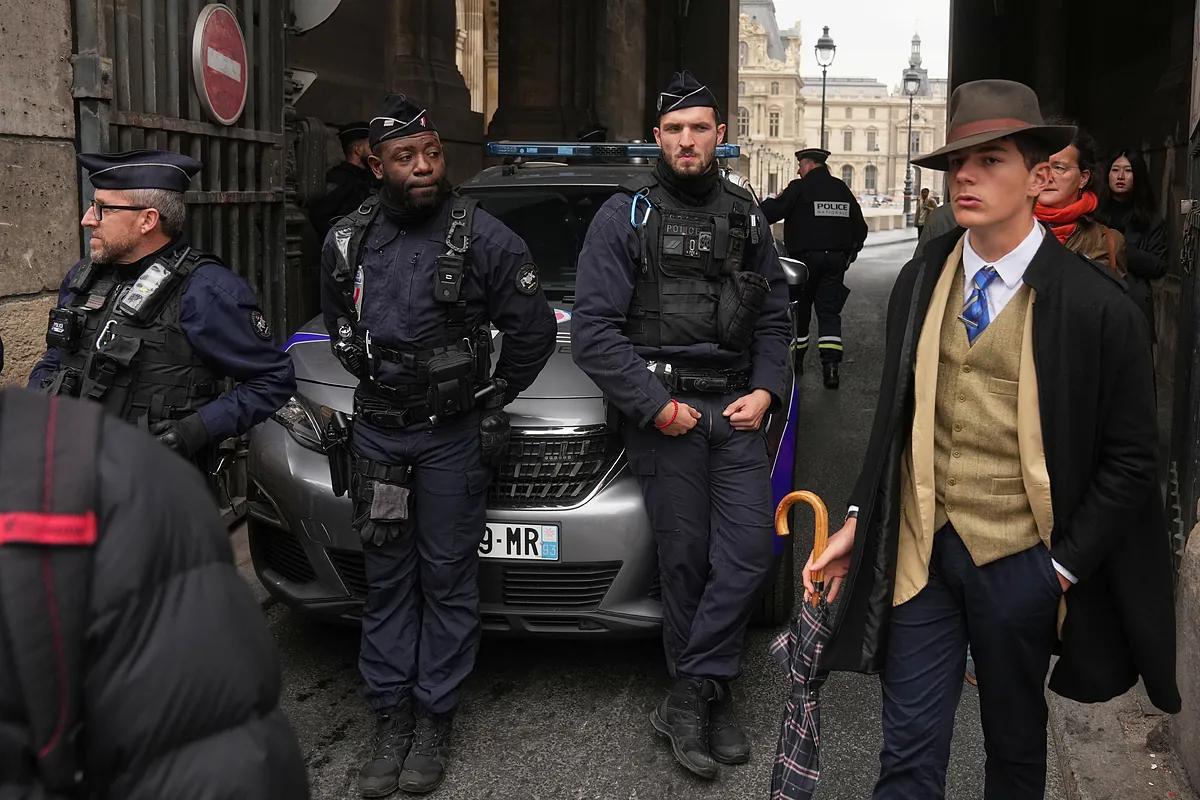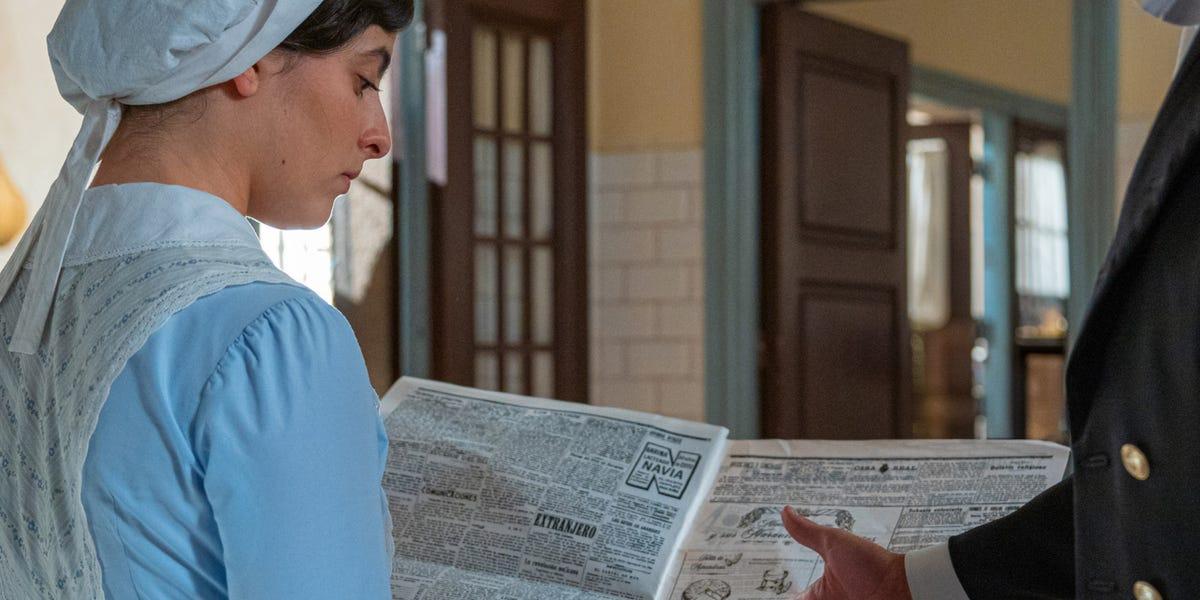When 15-year-old Pedro Elias Garzon Delvaux realized that his photo published by the Associated Press on the day the Crown Jewels were stolen...
15-year-old Pedro Jólia Delvaah, on the day he was in the Louvre, he realized that the image of the Louvre, the image of the crown, millions, his first instinct was not to define who he was.But in the end, young Sherlock Holmes, who lives with his parents and grandfather, 30 kilometers from Paris, and his grandfather's fans decided to keep their identity a secret and realize that the world is fuel for the media.
As the rules are ignored strangely in the photo "Fedora Man", initiated, or photo AI-Faket, or Pedro decided to keep quiet and look."I don't mean it's me," he said."
For his only private interview, the picture that turned him into an international curiosity, he appeared before the AP cameras in his home as he did Sunday: wearing a fedora hat, an Yves Saint Laurent vest borrowed from his father, a jacket chosen by his mother, an impeccable tie, Tommy Hilfiger pants and a Russian-looking bat.Fedora, in a certain way.The Fall is his tribute to French resistance hero Jean Moulin.
He is a smart and funny young man who, by chance, will be the antidote to the international viral story.
The image that made him famous was intended to document a crime scene.Three police officers went to a silver car at the entrance to the Louvre, feet behind the thieves who carried the crazy robbery and made it with frech color materials.The Internet does the rest.
"The Fedora Man," as many users called him, posed as an old-school detective, an undercover, or a pitch for Netflix.Many were even convinced that it was created by AI.Pedro understood why."In the picture, I'm dressed more like the 1940s, and this is 2025," he said.
Even some relatives and friends hesitated until they saw his mother in the background of the picture.Only then were they sure: the Internet's favorite fake detective was a real man.
The real story is simple.Pedro, his mother and grandmother visited the Louvre."We wanted to go to the Louvre, but it was closed," he said."We don't know if there's a robbery."
They asked the police why the doors were closed.Seconds later, AP photographer Thibaut Camus, who documented the security tape, took a picture of Pedro as he passed.
Four days later, an acquaintance sent him a message: are you?" He told me that the story had five million views," he said. "I was surprised."Then his mother called to tell him he was in the New York Times. "This is not normal," he said. Cousins in Colombia, friends in Austria, family friends and classmates also contacted him with screenshots and phone calls.
"People said, 'You're a star,'" he said."It amazed me that just a photo could go viral in a matter of days."
The dress that shocked millions of people wasn't some elaborate museum-going dress.Pedro started dressing like this less than a year ago, drawing inspiration from 20th century history and black-and-white photographs of real politicians and fictional detectives.“I like being elegant,” he said."This is how I go to school."
In a sea of hoodies and sneakers, he appears in several three-piece suits.And the hat?It is a ritual in itself.The fedora is reserved for weekends, holidays and visiting museums.
His school without uniform, his image has already started to spread."A friend of mine came in this week with a bond," he said.
You can see why people thought he was a detective.He loves Poirot - "very elegant" - and likes the idea that an unusual crime requires an unusual-looking person.“When something extraordinary happens, you don't imagine an ordinary detective,” he said.“Imagine someone else.”
His mother, Philiste Garzon Delva, grew up in an 18th-century museum, the daughter of an art curator and an artist, and regularly took her son to exhibitions."Art and museums are living rooms," he said."Life without art is not life."
For Pedro, art and images are part of everyday life.So when millions of people built stories around a single image of him in a hat with armed policemen in the Louvre, he understood the power of an image and let the myth breathe before moving on.
He paused for a few days, then changed his expression from private to public."People had to try to think it was me," he said."Then the reporters came and I told them my age. They were very surprised."
He is relaxed about what happens next."I am waiting for people to contact me to watch the film," he says with a smile."It will be a lot of fun."
In the history of theft and security breaches, "the man in the Fedora" is the best hero: a young man who believes that there is art, a good mystery in everyday life.A photo turns it into a symbol.Getting to know it is confirming that it is, comfortingly, real."I'll keep dressing like that. It's my style," he said.








